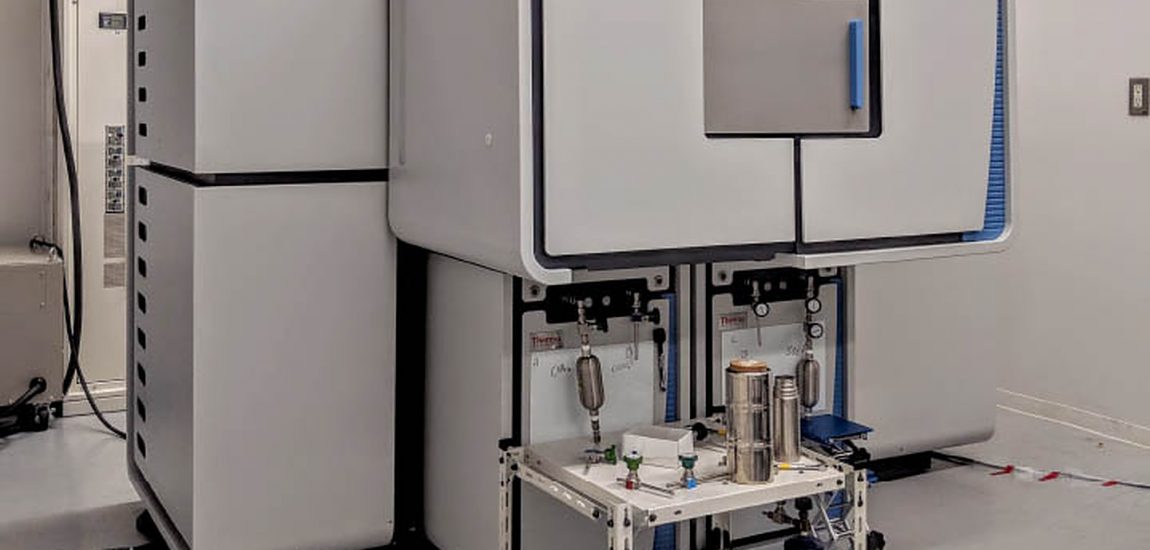
SO amazing: The new cutting-edge method for measuring clumping in sulphate
Interview with professor Yuichiro Ueno

Goldschmidt conference is a fantastic place to meet new scientists and colleagues in your field. Here, I had an opportunity to talk to professor Yuichiro Ueno, who recently gave a talk on “A New Method for Measuring 34S-18O Clumping of Sulfate.”
Yuichiro Ueno is a professor in biogeochemistry at the Earth-Life Science Institute (ELSI) in the Tokyo Institute of Technology, specifically working on refining our understanding of the sulfur (S) cycle through deep time. He has been developing a sophisticated and cutting-edge method for measuring 34S-18O clumping in sulfate as SO2F2+. I sat down with him on Tuesday to ask a few questions about his new methodological development.
So what is the application of clumped sulfate isotopes?
“Typically, the clumpiness of the clumped isotopes are correlated to temperature. We suspect that we can potentially distinguish three depositional environments using this technique, namely 1) atmospheric signals at a lower temperature, 2) volcanic gasses at a higher temperature, and the most important one, 3) continental weathering at room temperature. Thus, we believe that clumped isotopes can be useful tracers for three sources, from three different temperatures. That was the original idea. We also have students currently working on the incubation experiments of sulfate-reducing bacteria, and trying to test if the microbes can change the cap delta (clumped) values. Another application we are working on is to measure the different ages of sulfate minerals to evaluate the secular variations through time.”
What is the minimum amount of samples required to do these analyses?
“Around 10 mg or so.”
What samples are you most interested in getting your hands on?
“So far we only measured in modern seawater sulfate and Archean barites, as measuring clumped sulfate is quite time-consuming; around 1 to 2 days. We would like to get hold of as many samples as possible as our ultimate goal is to track the isotopic evolution of clumped sulfate through time.”
Are you working on reducing the measurement time?
“We have made much effort to reduce the measurement time, but it comes with a trade-off. Faster the measurement, lower the precision, and vice versa. As we need to measure the gas over and over again to statistically reduce the analytical uncertainties, it takes a minimum of 1 to 2 days per sample.”
Did you collaborate with people at Thermo Scientific to make these measurements happen?
“Yes, I love working with people at Thermo Scientific! Especially, Nina Albrecht, she has been a fantastic help!”
How long did it take you and your team to develop this method? Also, tell us how you got here.
“The original idea came 5 years ago. Initially, I wanted to measure multiple S isotopes directly from sulfates. We tried to measure SF6+ by directly converting sulfate, but we never succeeded in this endeavor. We tried changing the temperature conditions and use different catalysts, but in the end, we ended up mainly converting our sulfates to SO2F2+. This is one of the many reasons why we started measuring clumped sulfate.”
Did you run into problems with interferences while measuring clumped sulfate?
“ Not for now. We can separate the mass difference by [Thermo’s] ULTRA, a high precision mass spectrometer. We measure the SO2F2+ ion, for the minor sulfate isotope which will not interfere with the major ions such asSO2F+.”
